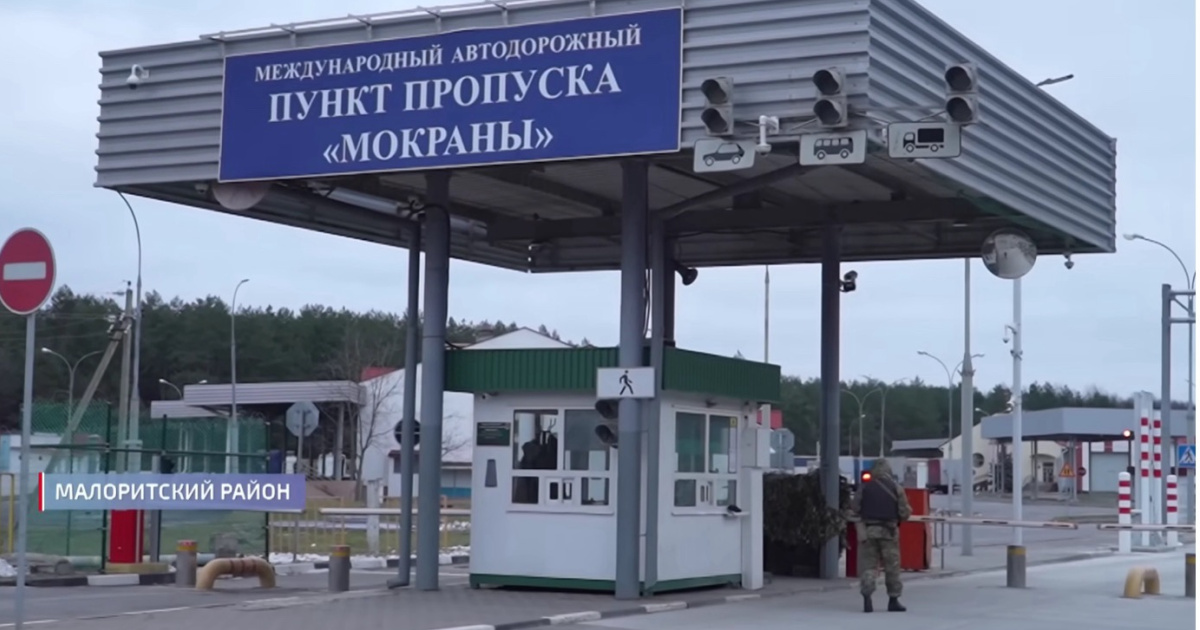
On Tuesday, August 6, the humanitarian corridor Pokrovka-Kolotilovka on the border with the Sumy oblast unexpectedly ceased operations. The russian side suddenly stopped allowing Ukrainians to pass through without providing any explanation, and the closure is indefinite.
Later, Deputy Prime Minister for the Reintegration of Temporarily Occupied Territories, Iryna Vereshchuk, explained that this was due to an escalation in hostilities and could last at least 10 days.
"There is an escalation in the Sumy direction right now. The enemy is shelling our territories. As of today, the Kolotilovka-Pokrovka humanitarian corridor is suspended. According to our military, this will last for at least 10 days. We'll see what happens after that", - she stated.
Meanwhile, a less popular humanitarian corridor with Belarus, "Mokrany-Domanove", continues to operate.
"We are waiting for people. All the support that was in the Sumy oblast is now available at the Belarus-Volyn checkpoint. If you want to leave the occupation and enter Ukraine, you can go through the Republic of Belarus. If needed, you can contact our hotline at 15-48, especially if you have issues with documents or any other problems. We will help", - Vereshchuk noted.
Additionally, people can leave the occupied territories through third countries (such as Georgia, Kazakhstan, Azerbaijan, and others).
Violetta Artemchuk, Chief Coordinating Director of the NGO "Donbas SOS", mentioned that people travel to controlled territory for various reasons, but most often, it's to reunite with their families.
"Recently, there haven't been as many as we'd like, but students are still traveling to the controlled territory to enroll in higher education institutions in Ukraine. They also visit their relatives. We had a case where an elderly woman from Berdiansk was traveling to see her son, who had just been returned to Ukraine in a prisoner of war exchange. Usually, it's about reuniting with family. We also know of cases where people visit relatives and then return through third countries if they have a russian passport", - she explained.
OstroV looked into how the main exit routes from the occupation are currently operating.
Pokrovka-Kolotilovka
Until recently, the most popular way to return from the temporarily occupied territory to the controlled area was the humanitarian corridor Pokrovka (the Sumy oblast, Ukraine) - Kolotilovka (the Belgorod oblast, russia).
According to OstroV’s information, several dozen people (on average 20-30) crossed this checkpoint daily. In July 2024, 640 Ukrainians returned to the controlled territory through this crossing point.
Russian authorities have repeatedly closed the "Pokrovka-Kolotilovka" humanitarian corridor from their side without explanation. Volunteers and local transport operators say that the checkpoint's operation "has always been unpredictable", so they weren't too surprised when the russians closed it following the escalation in the Sumy oblast and the entry of Ukrainian forces into the Kursk oblast.
"On the one hand, it's the most popular and convenient checkpoint; on the other hand, its operation has always been unstable. Sometimes it’s closed, sometimes it’s open, sometimes they let people through quickly, and sometimes they make them wait for hours. But the locals prefer it, and some even use it multiple times. It's a shame that it only works in one direction – towards Ukraine; otherwise, the flow of people would be much higher", - one of the transport operators told OstroV.
Let's note several features of this checkpoint:
- Only Ukrainian citizens are allowed to cross;
- You can only cross on foot or in a car with Ukrainian license plates (which is why regular russian transport operators don't use this route);
- The checkpoint only operates in the direction of Ukraine.
You can use this method either on your own or by hiring one of the many transport operators who take people to the russian checkpoint. Prices start at $100-150, and the trip can take up to two days, depending on your starting point. You must have a Ukrainian passport or another document (birth certificate, etc.).
Social media users mention that the main feature of this checkpoint is that you can enter the Ukrainian-controlled territory even if you don't have the required Ukrainian documents or if they are in poor condition.
On the Ukrainian side, a volunteer humanitarian center operates where all Ukrainians can receive free psychological, legal, and humanitarian assistance, as well as spend the night and get to Sumy or other cities in Ukraine. Additionally, volunteers provide free food, housing, and help with documents.
For more details about crossing the checkpoint, you can check the Telegram channel Pokrovka Pluriton "Atmosfera" (@Pluriton).
"If necessary, you will be provided with a Ukrainian SIM card with free calls and internet access. You have the right to receive a financial aid payment from the International Organization for Migration (IOM) (10,800 hryvnia ($260), one-time) if you have not previously received financial assistance from international organizations. Registration for the payments is done at the volunteer center after document verification. The payments will be credited to your bank account (you will receive an SMS notification to the specified phone number approximately one and a half to two months later). If you don't have a Ukrainian bank account, the payments can be received in cash at a bank (also via SMS notification)", - the Ministry of Reintegration states.
The department notes that even if you don't have a valid passport (only a birth certificate, a photocopy of a Ukrainian citizen's passport, or a photocopy of a birth certificate), you can still register for the payments. In this case, you can receive financial assistance at a bank branch with a certificate confirming the submission of documents for obtaining a Ukrainian citizen's passport.
Those who have used this checkpoint mention that they are warmly welcomed on the Ukrainian side, and all kinds of assistance are offered. In dedicated social media groups, Ukrainians express hope that the checkpoint will resume operations after some time.
Through Belarus
Since the start of the full-scale war, all checkpoints on the border with Belarus were closed. However, one crossing in the Volyn oblast, "Mokrany-Domanove", continued to operate as a humanitarian corridor. It exclusively allows Ukrainian citizens returning from occupied territories through Belarus to enter Ukraine, and only on foot.
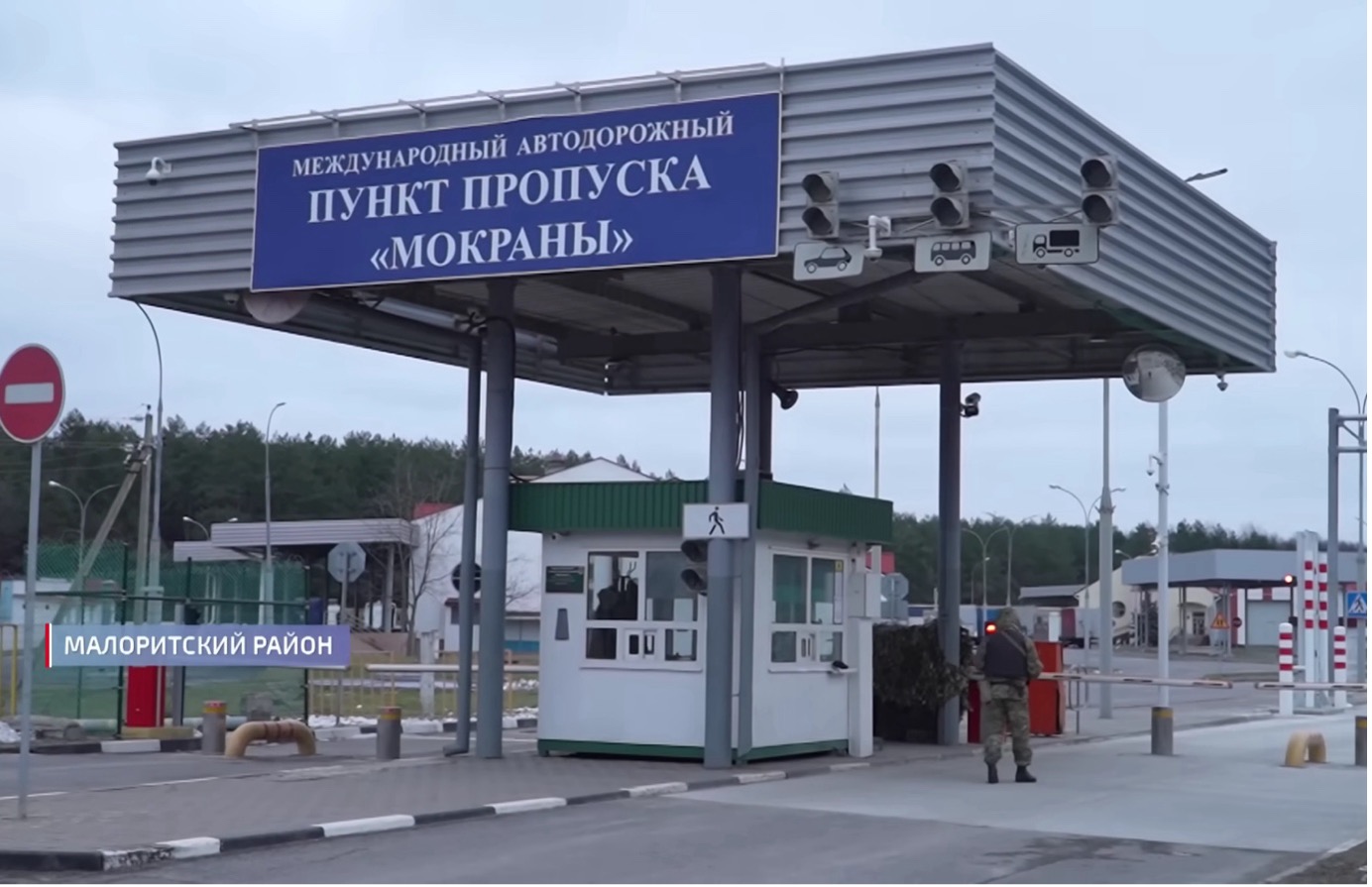
This checkpoint is located on the Brest-Kovel highway (E85). Mokrany is a border village in the Brest oblast of Belarus. It can be reached by bus from Minsk, Brest, Baranovichi, and Kobryn. The nearest Ukrainian city to the "Domanove" checkpoint is Kovel (the Volyn oblast), which is a 2-3 hour bus ride away.
It’s important to note that the 1.5 km distance between the checkpoints must be covered on foot.
"Currently, there are transport operators in almost all the larger cities in the temporarily occupied territories who take people specifically to Kolotilovka in russia or Mokrany in Belarus. You can also reach Mokrany by train: first through russian territory, then by train to Belarus", - says Violetta Artemchuk from the NGO "Donbas SOS".
To cross, you need either a foreign passport (even if expired), an internal passport (even without up-to-date photos), a birth certificate (for children), or copies of these documents. For the Ukrainian side, any documents or their photocopies will suffice.
However, to leave russia for Ukraine via Belarus, you need russian documents: an internal or foreign passport.
"Generally, traveling through russian territory requires russian documents. If you don't have an internal russian passport, you might be sent to filtration points where you'll be asked questions. In such cases, you can say that your passport is currently being processed. This isn't a universal piece of advice, but usually, they assess who is traveling through russian territory. On the Ukrainian side, there are no restrictions. The main thing is to have a Ukrainian passport. If you don't have it, look for copies of passports, photos of them, or a birth certificate. On Ukrainian-controlled territory, there is also an interview process when people arrive, but generally, they can't refuse entry", - explained Violetta Artemchuk.
Social media reports suggest that this checkpoint was not very popular. Only up to ten people crossed it daily. In July 2024, only 80 Ukrainians returned to Ukrainian-controlled territory through this checkpoint.
However, after the closure of the "Pokrovka-Kolotilovka" humanitarian corridor, traveling through Belarus is now the fastest option. The Ministry of Reintegration of Temporarily Occupied Territories recommends using this route.
On the Ukrainian side, just like in the Sumy oblast, the "Pluriton" volunteer assistance point operates, where Ukrainians can receive humanitarian and psychological support. For questions about returning through this crossing, you can call +38 050 834 24 02 or join the Telegram channel @Pluriton.
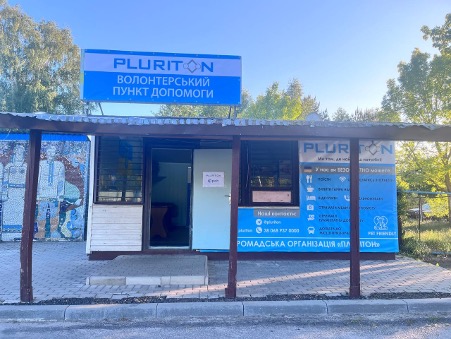
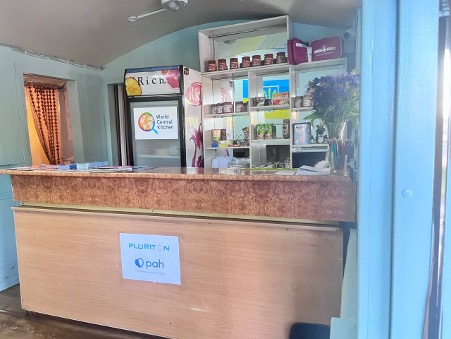
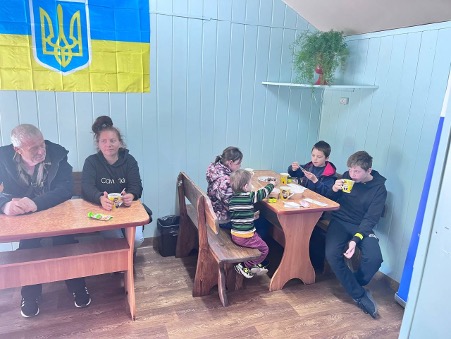
The Ministry of Reintegration notes that after crossing the border, people will be met by representatives of local authorities, social and emergency services, and volunteers. The volunteers assist elderly and less mobile individuals with transportation. They offer free rides to Kovel and, if necessary, help with purchasing train tickets to other regions of Ukraine.
Additionally, everyone will have the opportunity to stay overnight with free meals. On-site, there is also registration for receiving financial assistance of 10,800 hryvnia from an international organization, and help is provided in finding free temporary housing, employment, etc.
It's important not to forget about the filtration procedures on the russian side. FSB officers carefully check mobile phones and other devices, personal belongings, and conduct interrogations to determine the reasons for departure.
Therefore, it's recommended to prepare your phone, laptop, and other devices for inspections. Volunteers advise deleting "pro-Ukrainian" content, suspicious photos and videos, cleaning up social media, and messages, and renaming or changing some contacts and numbers if necessary. However, it's not recommended to delete all content, as this might also raise suspicions.
"There was a case where a family – a mother and her 23-year-old son – were traveling with Russian documents. During one of the filtration checks, when they examined his phone, they found some old donations to the Ukrainian Armed Forces. He was not allowed to pass, taken to Taganrog, and placed in a hotel where all those who fail the filtration process are taken and then subjected to a polygraph test. But if everything is completely reset to factory settings, that too might raise questions. So, anything that could be misinterpreted, all communications – should be removed", - Artemchuk noted.
Contacts
One of the organizations helping Ukrainians leaving occupied territories is Helping to Leave. You can contact the organization’s representatives by calling the call center at +38 093 177 64 58 or by writing to their Telegram bot @helpingtoleave_bot.
If you have any questions, you can call the Ministry of Reintegration’s hotline at 15-48 or message on WhatsApp/Telegram/Viber at +38 096 078 84 33. You can also reach out to the Ministry of Reintegration specialist Nataliia Yemets at +38 050 562 03 13.
The Ukrainian Ombudsman Office can also assist with the process of leaving temporarily occupied territories. You can contact them at: 21/8 Instytutska Street, Kyiv, 01008; via email at [email protected]; or by phone: 0 800 501 720; 044 299 74 08.
Additionally, you can get in touch with the volunteers from the public organization "Pluriton" for up-to-date information on the operation of crossing points, evacuation, temporary accommodation at the hub, as well as legal, humanitarian, and psychological assistance. For all inquiries, contact +38 050 834 24 02 or join their Telegram channel @Pluriton.
Through third countries
Currently, it is possible to leave occupied territories for controlled areas via third countries.
Social networks and messaging apps have dozens of advertisements offering trips, such as from Mariupol to Kyiv or other cities. Some offer routes through EU countries, while others use Georgia and Turkey.
Prices range from 250 to 500 euros per person (depending on transport and route). Carriers promise comfortable buses, Wi-Fi, stops at gas stations, and minimal walking transfers. However, documents issued in occupied territories are not suitable for this option.
According to carriers, ideally, you need a valid Ukrainian passport. In some cases, an internal passport might suffice. If the only document you have is a Ukrainian birth certificate, they recommend traveling through Georgia.
The reason is that you can enter Georgia from any country with any documents that indirectly prove you are a Ukrainian citizen, specifically:
- Ukrainian passport for traveling abroad (even an expired one);
- Ukrainian internal passport;
- Birth certificate;
- Return permit to Ukraine.
After arriving in Georgia, it is advisable to visit the Ukrainian embassy, where they will help you with the necessary documents.
"For now, we do not recommend traveling through Latvia and Estonia, which were previously popular for transit, because there russian border guards want Ukrainian citizens to have additional russian foreign passports when exiting. More documents are needed. Currently, relatively safe routes are to first go to Georgia, then from there to Moldova, and finally to Ukraine", - says Violetta Artemchuk.
The issue of lacking Ukrainian documents can also be resolved by obtaining a return permit to Ukraine. Previously, this document could only be obtained by visiting Ukrainian diplomatic missions abroad in person, but now it can be arranged remotely.
Despite all the challenges, the Ministry for Reintegration of Temporarily Occupied Territories urges Ukrainians in occupied areas to seek any opportunity to return to controlled territory, even if it requires acquiring a russian passport.
"No one considers people criminals simply because they were in temporarily occupied territory and obtained a russian passport, as long as they haven't engaged in collaborationist activities", - notes Deputy Prime Minister Iryna Vereshchuk.
By Vladyslav Bulatchik, OstroV





